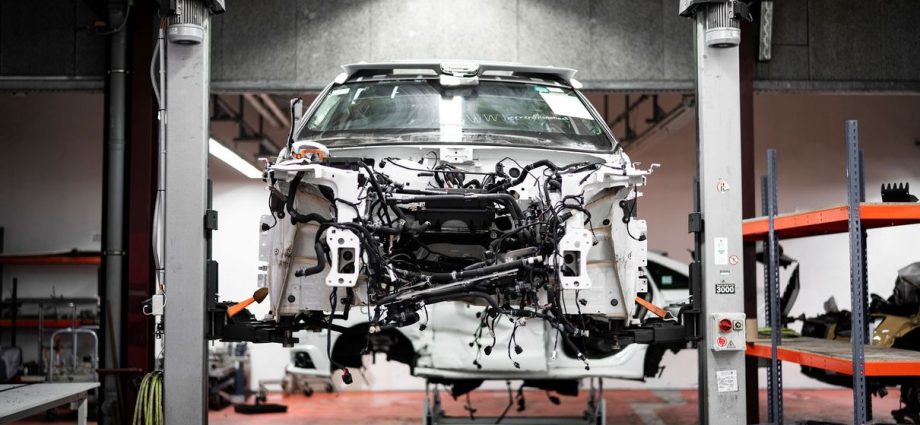A lot has been said about sustainable materials. For this reason, it is possible to make them from different objects such as cars and other automobiles. There are a number of reasons why we should start using these types of items when producing auto-parts. Such include reduced pollution rates during production processes; mitigating ecological damage caused by petroleum based plastics and promoting environmental conservation among others.
Natural fibers have been used by some companies like Ford where they make certain components out of recycled ones while Volvo on its part uses natural fiber composites which shows their commitment towards sustainability. It’s important also to note that there exist biodegradable plastics which can be formed from starches, cellulose or even proteins.
Renault for instance utilizes partially bio-based material called Durabio as outer cover for the speedometer and tachometer in their Clio car model whereas DSM Engineering came up with Stanyl B-MB; an International Sustainability & Carbon Certification mass-balanced bio-based polyamide (PA) that is weather/heatproof.
The fact remains that plastics are still very much useful when it comes insulation purposes within modern autos together with anti-theft measures. In addition, electrical safety features require plastic materials due to their non-conductivity nature since they act as good insulators against electric current flow which could result into fatal accidents if not well taken care off hence protecting lives too!
Mayco International is among those organizations who manufacture automotive plastic components made out of recycled content thereby cutting down on petrochemical needs for production plus lowering life cycle emissions compared to virgin resins . Additionally, companies like Renault are working hard towards enhancing recycling procedures through increased utilization of end-of-life vehicles’ polypropylene (PP) meeting ELV recovery regulations besides higher recyclability targets set forth by this same company involving such type materials.
Carbon Fiber
This material has completely changed how things are done in the motor vehicle industry. Carbon fiber is a very light but strong composite material which makes the design of high-performance cars possible because it allows for more flexible shapes than any other substance known to man. Furthermore, its ability to be molded into different forms gives designers unique opportunities when creating these types of vehicles.
Did you know that carbon fiber weighs five times less than steel do? Well, now you know! This means that by using this type of product in certain areas of an automobile such as the chassis or bodywork panels will reduce weight significantly thus improving fuel consumption rates and overall performance since power can be unleashed efficiently due to lighter car masses; hence why most supercars and even hypercars now use carbon fiber during production stages!
The Chevrolet Corvette Stingray has drive shafts made from carbon fibers, which are up to five times stronger than their steel counterparts. However, one major setback faced by many carmakers is how expensive it is to produce cars with such features on a large scale since they require lots of this kind material not forgetting workforce involved in doing so also becomes too much thus leading higher prices attached onto them at purchase time but BMW has shown us otherwise through its i3 model where we see that even mass produced vehicles can still have these properties without being costly.
Aluminium
New ways of making high-strength corrosion-resistant aluminum alloys are being found by researchers. One way is by putting magnesium and zinc into the metal to toughen it against harm; while another involves squeezing the grains until they become nano-sized through pressure, thereby making the material stronger than steel.
But there are still big issues with how we produce aluminum. Mining bauxite in protected rainforests leads to environmental degradation most times; and converting it into aluminum emits large amounts of greenhouse gases into the air.










